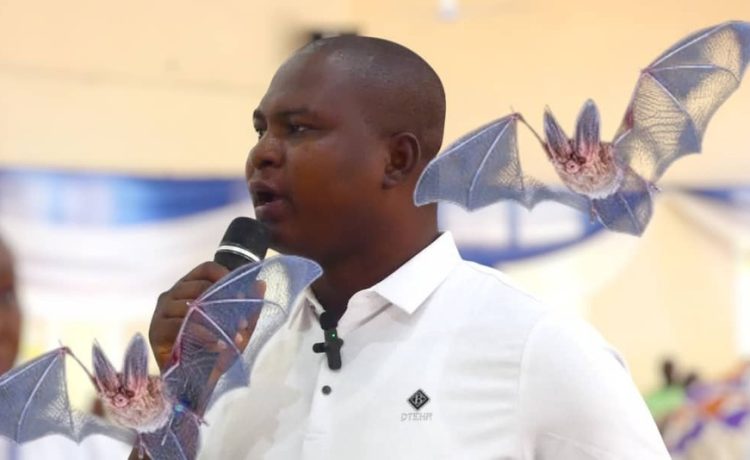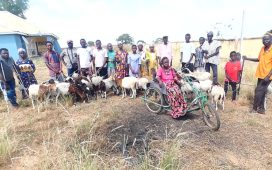During a recent public engagement organized by the Public Utilities Regulatory Commission (PURC) in the Upper East Region, residents of Builsa North expressed growing frustration over persistent power outages, which they surprisingly attributed to bats. Apexnewsgh reports
The meeting, held on Monday, brought together representatives from utility providers, local leaders, and aggrieved community members, whose patience is wearing thin over what has become a recurring disruption in their daily lives.
For many in Builsa North, the frequent blackouts have gone from being a mere inconvenience to a serious threat to livelihoods, education, and health. Community members recounted how each time they reached out to the Volta River Authority (VRA) or the Northern Electricity Distribution Company (NEDCo) to complain, the explanation given was always the same: bats are to blame.
“It’s always bats, bats, bats,” one resident lamented. “Every time we ask why the lights are out, they say it’s because of bats on the lines or at the substations. But how long must we accept this excuse?”
The repeated reference to bats as the culprit has left many residents both bewildered and skeptical. Some see it as a convenient explanation for deeper infrastructural or maintenance problems, while others worry that the issue is not being taken seriously enough by the authorities.
For the benefit of the public, Apexnewsgh conducted a quick investigation into the link between bats and power outages. The findings reveal that, while unusual, bats can indeed be responsible for electrical faults and blackouts. In areas with overhead power lines or exposed electrical infrastructure, bats can collide with wires, causing short circuits or faults that lead to outages. Large colonies may also roost or nest on transmission towers and substations. Their droppings and urine can accumulate, creating conductive paths that result in equipment malfunctions and further outages.
This phenomenon, while not unique to Builsa North, is recognized by utility companies worldwide. However, communities and wildlife experts agree that there are established measures to mitigate bat-related disruptions. Utilities can install exclusion devices, modify infrastructure, or implement regular cleaning and maintenance schedules to prevent bats from roosting and reduce the risk of outages.
Despite this, residents of Builsa North say they have seen little evidence of such interventions. “We are not saying bats aren’t a problem,” another participant noted at the public hearing, “but what are VRA and NEDCo doing to fix it? We deserve a permanent solution—not just excuses.”
The persistent outages have had ripple effects throughout the community. Small businesses report losses when refrigeration fails or equipment cannot run. Students struggle to study after dark. Health facilities risk the spoilage of medicines and vaccines that require constant refrigeration.
The issue has now become a rallying point for local advocacy, with residents calling on the PURC and all relevant authorities to hold utility providers accountable and demand a comprehensive action plan. Suggestions include the installation of bat deterrents, more frequent inspection and cleaning of substations, and investment in more resilient infrastructure.
At the end of the engagement, PURC representatives assured the community that their concerns would be included in ongoing consultations and that follow-up discussions with VRA and NEDCo would address both immediate and long-term solutions.
As Builsa North waits for decisive action, the hope is that future power supply stories will focus less on bats and more on the bright promise of reliable electricity for all.
Source: Apexnewsgh.com/Ngamegbulam Chidozie Stephen










